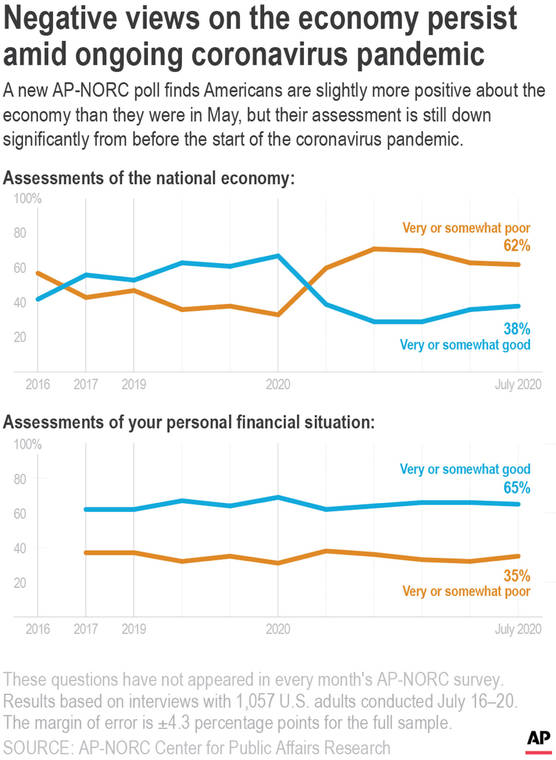


2019 Us Economic Report Professional And Business
The largest industries contributing to GDP were real estate (13.4% of GDP), professional and business services (12.8%), government (12.3%), and manufacturing (11.0%).However, some industries have recovered from the recession more slowly than others. As of the third quarter of 2019, real GDP reached $19.1 trillion, or $58,000 per person. Real GDP, which is inflation-adjusted GDP and is typically used for measuring growth, grew between 2 and 3% for each of the three quarters so far in 2019, which is roughly the average rate of growth for the past three years.
The health care sector is currently the nation’s largest employer, with more than 20 million employed as of November. Other measures of employment, such as the number of involuntarily part-time workers, are also at their lowest levels in over a decade.Overall, the economy is on track to have approximately 2 million more people in non-farm jobs than at the end of last year. Employment: Historically low unemployment, but still low labor force participationThe unemployment rate returned to 3.5% in November, a 50-year low (though also last seen in September).
While median wages in occupations such as farming and management have increased over 10% since 2001, adjusting for inflation, median wages in education and in maintenance roles have decreased 3%. The median wage was $38,640 in 2019 and wage increases have varied greatly from occupation to occupation for nearly two decades. According to the most recent Census data released in September, the median household income rose from $62,626 in 2017 to $63,179 in 2018 adjusted for inflation, and the official poverty rate fell from 12.3% to 11.8%.The BLS also reports annual median wages by occupation and sector. Income, Wages, and Wealth: Rising, but unequallyThe Census Bureau provides estimates of Americans’ earnings. Industries like retail trade and mining, however, lost jobs (31,000 jobs and 9,000 jobs). Jobs were also added in the leisure and hospitality sector (420,000 jobs added) and the professional and business services sector (417,000 jobs added).
That’s the greatest proportion the top 1% has held since the dataset was created in 1989. However, as we described in a piece on the wealth distribution, data from the Federal Reserve shows that the top 1% holds 25.4% of all wealth (assets minus liabilities and debts owed). As we discussed in a piece on the minimum wage in America, there were 1.7 million workers (or 2% of all hourly workers) in 2018 who earned wages at or below the federal minimum.The net worth of American households grew 58% from the recession low of $68 trillion ($577,000 per household) in the first quarter of 2009, to $107 trillion ($881,000 per household) in the second quarter of 2019, based on inflation-adjusted data from the Federal Reserve.


 0 kommentar(er)
0 kommentar(er)
